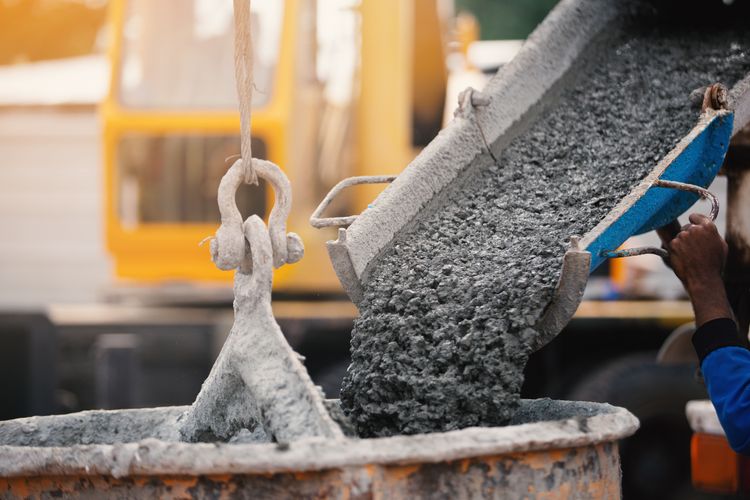Choosing suitable construction materials is crucial. Optimal material selection balances cost-effectiveness, safety, compliance, sustainability, functionality, and availability. By carefully considering these factors, construction professionals can improve efficiency, and longevity.
Cement
Cement is a binding agent for concrete and mortar. Typically produced as a fine powder from materials like limestone, clay, shells, and silica sand, cement undergoes high-temperature heating to form a clinker before finely ground.
Advantages of cement
Binding properties: one of the primary strengths of cement is its ability to bind together. Cement undergoes a chemical reaction known as hydration when mixed with water, forming a hardened mass.
Strength development: as hydration progresses, cementitious compounds, such as calcium silicate hydrate (c-s-h) gel and calcium hydroxide, form within the cement paste matrix, resulting in increased strength and stiffness of the hardened concrete or mortar.
Durability: cement-based materials possess inherent durability characteristics that resist various environmental factors, including weathering, abrasion, chemical attack, and biological degradation. Adequately designed and cured cementitious structures can maintain their integrity and functionality over extended periods, even in harsh conditions.







 +91 7208055523
+91 7208055523
 Help & support
Help & support
